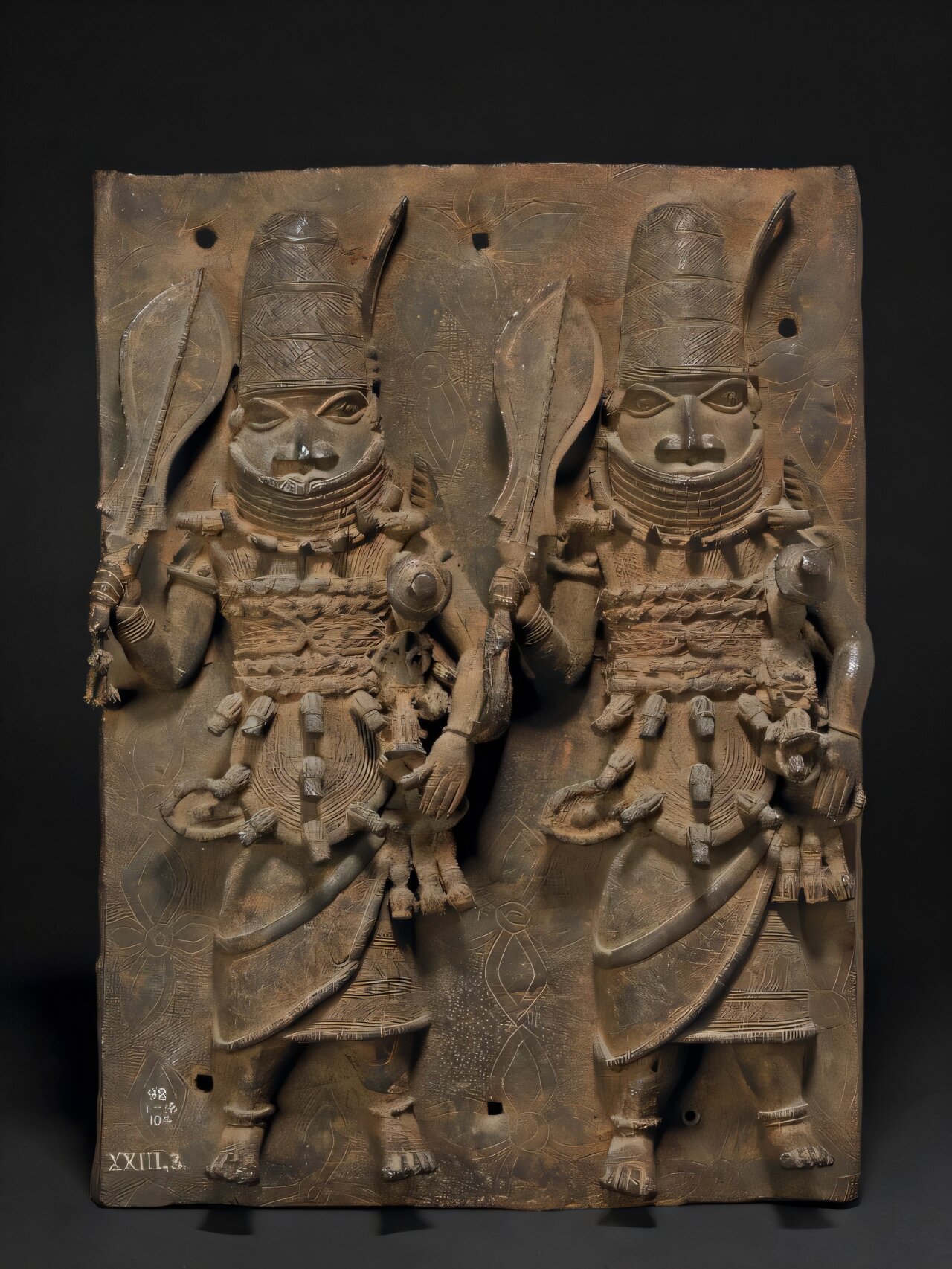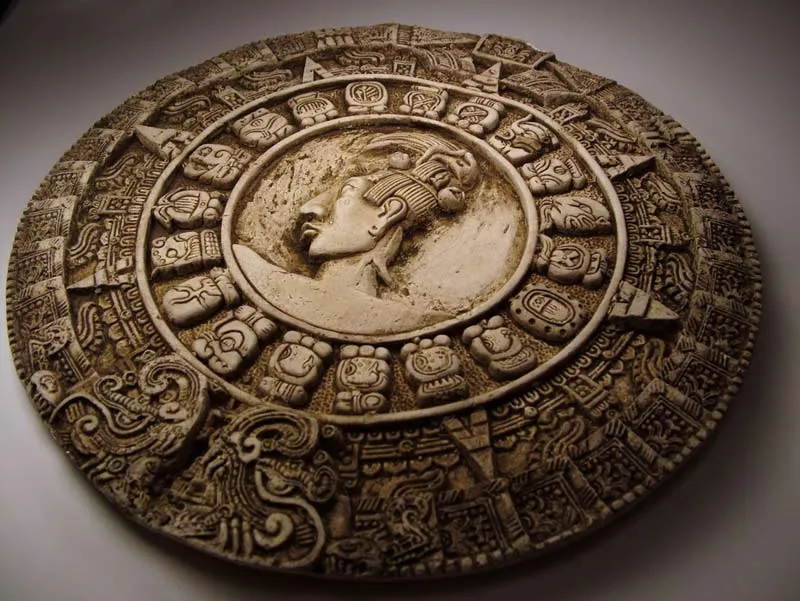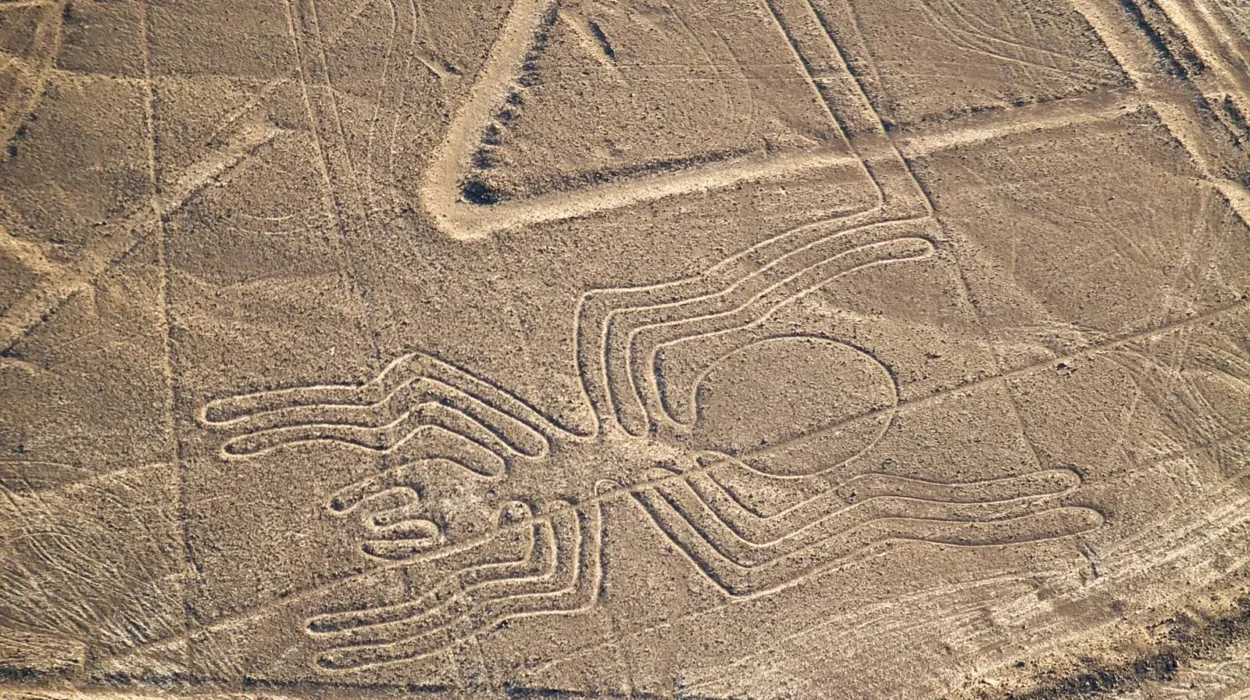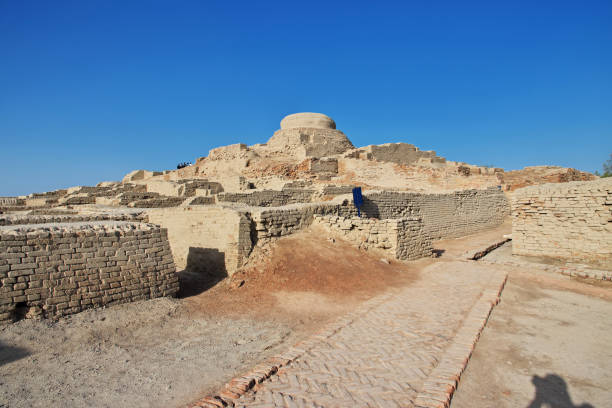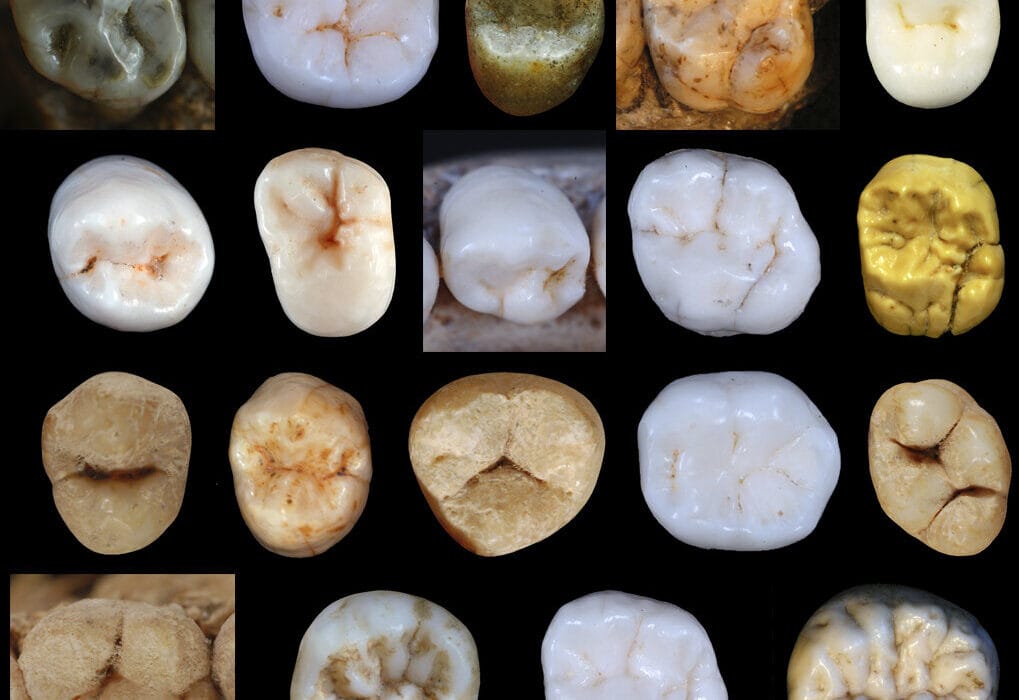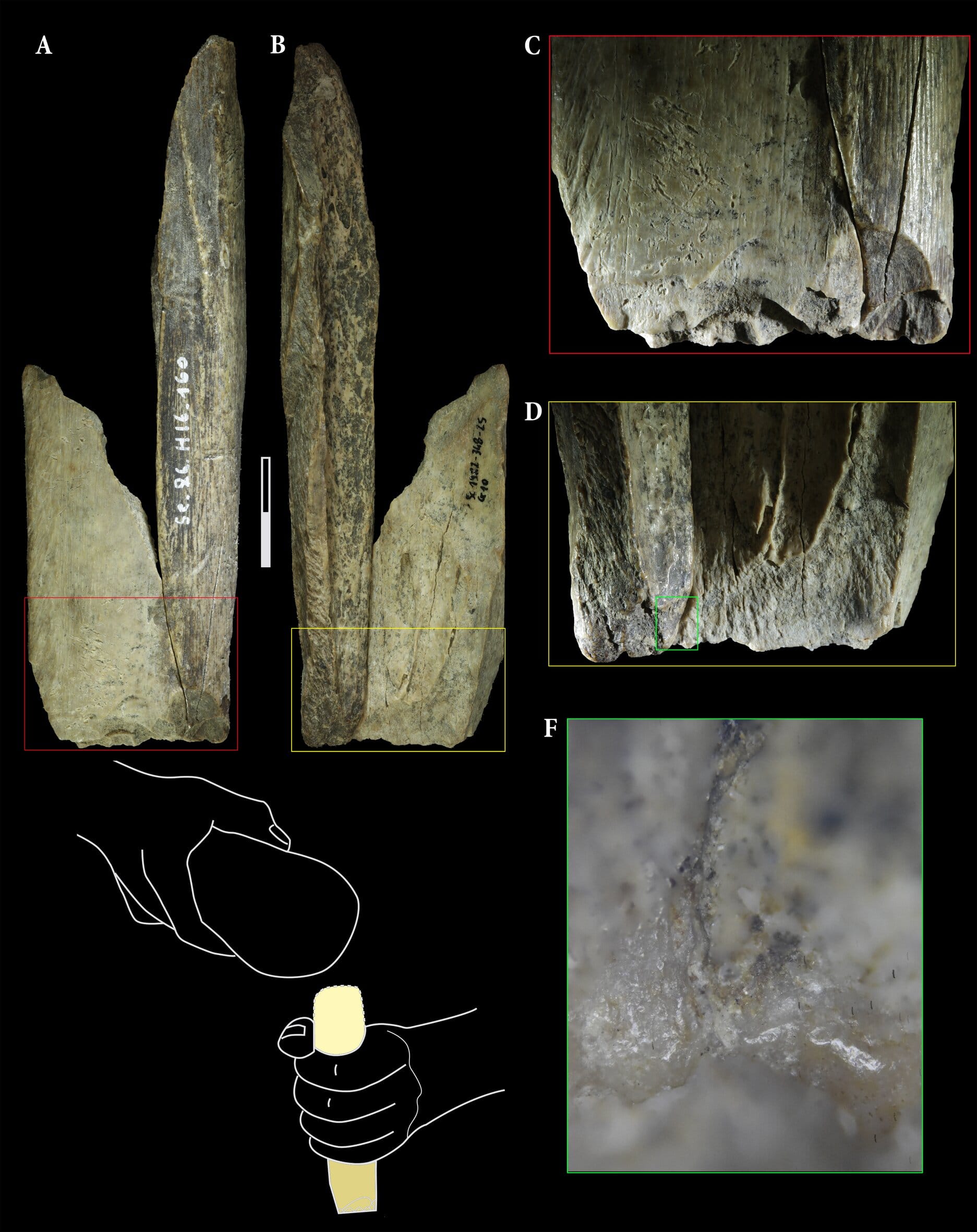In the red earth of Benin City, Nigeria, archaeologists are carefully peeling back layers of history to reveal the powerful story of one of Africa’s greatest pre-colonial kingdoms — the Kingdom of Benin. What they are uncovering is more than the ruins of a royal palace; it is the rediscovery of a civilization that dazzled the world with its art, technology, and cultural sophistication.
This groundbreaking excavation, carried out ahead of the construction of the Museum of West African Art (MOWAA), has revealed previously unexplored parts of the ancient royal palace complex — the beating heart of the Benin Kingdom. The project, a collaboration between MOWAA, the National Commission for Museums and Monuments (NCMM), and the British Museum, has not only yielded extraordinary archaeological findings but has also sparked renewed dialogue about the preservation of African heritage in a rapidly changing world.
The Glory and Fall of a Powerful Kingdom
Centuries before colonial powers arrived on African shores, the Kingdom of Benin stood as a center of wealth, artistry, and governance in West Africa. Its capital, Benin City, was a marvel of urban planning and political sophistication. European visitors of the 15th and 16th centuries wrote in awe of its broad streets, intricate architecture, and the organization of its government under the Oba — the sacred king.
Benin’s fame, however, was not only due to its political might but also its remarkable artistry. The artisans of Benin were masters of bronze casting, ivory carving, and woodwork. Their creations — the legendary Benin Bronzes — captured the grandeur of courtly life, religious ceremonies, and ancestral reverence. Each piece was more than art; it was a record of memory and identity, forged in metal and meaning.
That glory was violently interrupted in 1897. Following tensions with the British Empire, a punitive expedition was launched against Benin City. The royal palace was destroyed, its treasures looted, and the kingdom was forcibly absorbed into the colonial system. Thousands of artworks were carried away, ending up in museums and private collections across Europe. What remained of Benin’s palace became a scar — a reminder of a magnificent civilization silenced by empire.
Digging Beneath the Modern City
Now, more than a century later, the earth beneath Benin City is speaking again. As modern construction expands, the MOWAA team, supported by Nigerian and international archaeologists, has begun excavating sections of the ancient palace site for the first time in fifty years. Their findings, recently published in Antiquity, reveal a rich archaeological sequence stretching from before the founding of the kingdom to its decline under colonial rule.
Archaeologists uncovered evidence of metalworking workshops, architectural remains, pottery fragments, and layers of urban development that trace the evolution of Benin City over centuries. These discoveries not only reconstruct the city’s physical layout but also illuminate its social and economic structure. The presence of metallurgical debris, for instance, confirms the advanced techniques that fueled Benin’s world-renowned craftsmanship.
Dr. Sam Nixon of the British Museum describes the project as “a really important new initiative” that connects scientific research with cultural revival. For Segun Opadeji, the archaeology lead at MOWAA, the mission goes beyond excavation: “We cannot make progress without understanding the past; you must protect your past so that the two can be linked together.”
Bridging Past and Future
The excavation is taking place on the very ground where the new Museum of West African Art will rise. This symbolism is profound — the soil that once bore the weight of Benin’s palace will soon hold a new institution dedicated to preserving and celebrating Africa’s artistic heritage. The MOWAA Institute will not only display art but also serve as a hub for conservation, training, and research.
Professor Caleb Folorunso, MOWAA’s research lead, envisions the institute as “a center of excellence for heritage and its management.” Equipped with state-of-the-art laboratories and storage facilities, it will allow African researchers to study artifacts locally, without needing to send samples abroad. This marks an essential shift toward self-representation and autonomy in the study of African history — a move from being the subjects of study to being the authors of their own narratives.
A Dialogue Between Eras
The excavation represents more than a technical project; it is a moral and emotional undertaking. The destruction of the Benin palace in 1897 was not just the loss of a building — it was an assault on memory, on the continuity of a civilization’s story. Re-examining that history is a form of healing, a reclaiming of identity that was once scattered across continents.
For local communities, especially the youth of Benin City, the project is an invitation to rediscover pride in their cultural inheritance. Outreach programs have included schools and community groups, linking archaeology with education and identity. In uncovering the past, the project is also planting seeds for the future, ensuring that the next generation sees heritage as a living part of their world, not as relics confined to distant museums.
The Legacy of the Benin Bronzes and the Question of Repatriation
The discoveries at Benin City also reignite the global conversation about the Benin Bronzes, many of which remain in European institutions, including the British Museum. As the artifacts’ rightful home gains new life through MOWAA, the ethical case for repatriation becomes even stronger. Returning these artworks would not merely correct a historical wrong; it would reunite them with the cultural landscape that gave them meaning.
The new museum’s creation demonstrates Nigeria’s readiness to conserve and interpret its treasures with world-class expertise. It also signals a turning point in the relationship between African nations and the global museum community — a shift from dependency to partnership, from loss to collaboration.
The Science of Rediscovery
Scientifically, the Benin excavations are revolutionary. For the first time, researchers can trace the city’s architectural evolution across centuries. The layers of soil reveal transitions in building materials, urban planning, and craftsmanship. Artifacts such as ceramics, animal bones, and metal residues provide clues about trade networks, diet, and daily life in one of Africa’s most sophisticated pre-colonial cities.
By combining modern archaeological methods with local expertise, the project is creating a comprehensive narrative of Benin’s development — from a regional polity to a cosmopolitan empire with links stretching across Africa and beyond. This synthesis of scientific precision and cultural context is redefining how West African history is studied.
Reclaiming the Story of Civilization
For too long, the story of African civilizations has been told from the outside — filtered through colonial archives and Western museums. The excavation at Benin City marks a turning point: Africans are now leading the research, interpreting their findings, and writing their own history. It is an act of intellectual independence as much as cultural preservation.
Every piece of pottery lifted from the ground, every trace of a forge or foundation, is a fragment of a much larger narrative — one of resilience, creativity, and enduring pride. It tells us that the Kingdom of Benin was not an isolated realm but a thriving center of trade, innovation, and artistry, connected to the global world long before colonialism.
A Living Heritage
The Benin City excavations remind us that heritage is not frozen in the past; it lives through the people who remember and protect it. As bulldozers and archaeologists share the same ground, the message of the project becomes clear: development and preservation can coexist when guided by respect and vision.
When the Museum of West African Art opens its doors, it will stand not only as a repository of artifacts but as a monument to rebirth — proof that from the ashes of destruction, culture can rise again. The palace that once symbolized royal power will now symbolize intellectual and artistic renewal.
In reclaiming its buried stories, Benin City is not just reconstructing its past — it is redefining Africa’s future. What lies beneath the soil of Benin is not merely history; it is testimony to human ingenuity, endurance, and the unbroken thread that connects generations across time. The kingdom that once amazed the world with its bronze masterpieces now astonishes it again — not through conquest or trade, but through the quiet, patient art of remembering.
More information: MOWAA Archaeology Project: enhancing understanding of Benin City’s historic urban development and heritage through pre-construction archaeology, Antiquity (2025). doi.org/10.15184/aqy.2025.10189
